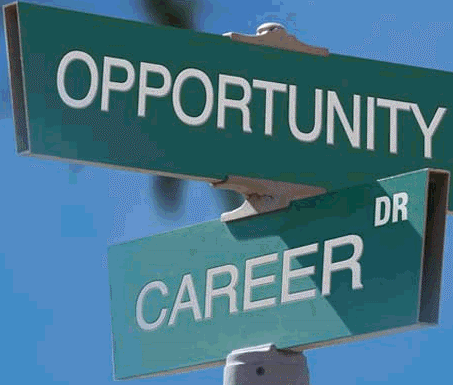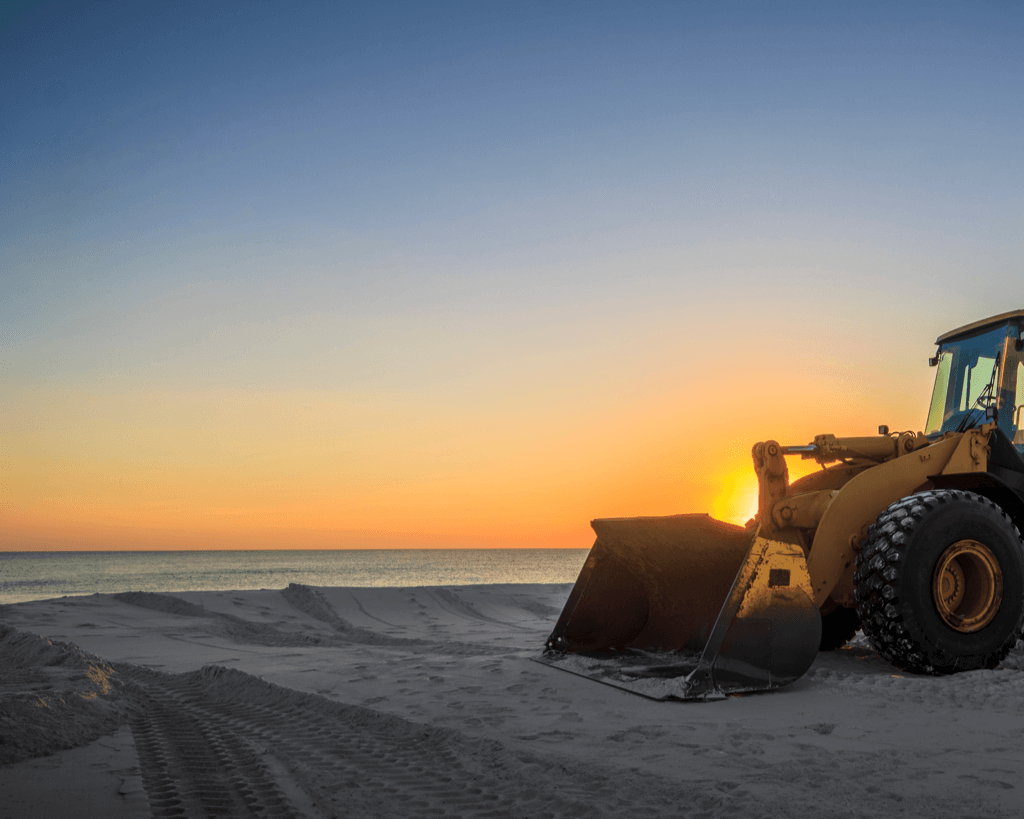YSR: My McKinsey Interview (ii)
“My articles are basically targeted towards young people who have access to so much information especially as a result of information overload from the internet and this in turn makes them restless a s a result of the many options available. My articles would mainly be on providing clarity based primarily on my personal experiences and a mix of other content.”
With
David Apaflo, ACA
David, a chartered accountant, is one of the founding partners of Shelze Consulting. He also shares his thoughts on his personal blog
So you must have read the first part of this article where I had to estimate the dimensions of an airplane without any figures given to me. If you missed it, see it here.
This is the sequel to the first part which contains a transcript of my second interview. Sadly, I didn’t make it through to the next round (reason why you are getting all these details – so you can get in) but I would also analyze why I think that didn’t happen in the third part and also answer some questions people have asked about the interview process. Let’s get straight to business.
As part of feedback from my first interview, Fred mentions the following things to me:
- Let there be a structure to all your responses. This means ensuring that your thought process is sequential, logical and organized.
- Communicate without pauses. Don’t doubt your statements just go on and speak convincingly.
- Think outside the box. When I asked you why airlines paint their planes, I expected something out of the box. Almost everyone I have interviewed today said for planes are painted for branding purposes.
- Automatically discuss the implications of your analysis. I like that you mentioned that the company spends about $1m for every kg of paint. It helps get a better perspective of the situations and not just spilling out figures.
My second interview was shortly after the first with about a fifteen minutes interval.
This time I was interviewed by a guy named Nameet who was a project manager in Amsterdam and had been with Mckinsey for six years. This interview was conducted using video conferencing.
Nameet goes on to ask the competency based question as usual and surprisingly, it is the same question Fred asked me in my first interview – Tell me of a time you had to convince a superior and how you went about it.
The Case Interview
Nameet: In 1998, there were two airplane manufacturers – Boeing and Airbus both manufacturing similar products. Boeing and Airbus both produced about seven products of about 100 and 300 seats. Boeing then announced it had started developing a 400 seater Boeing 747 to which Airbus had no response. Airbus then decided to manufacture the Jumbo jet a 500 seater aircraft.
Nameet: So David, tell me. Given that air traffic is constant, what other factors would affect the demand for Boeing and Airbus’ products?
Me: two factors can affect their product sales – Positive factors and negative factors. On the positive side, passengers fear about aircrafts as a result of crashes and the recent volcanic ash…
**Nameet cuts in “Remember traffic is constant”
In my mind I am there wondering what is this guy saying. I start getting nervous because my line of thought has been broken and now I don’t even know where to pick up from again. I begin to wonder what is wrong with these people and airline industry today why didn’t they ask me about an industry that I could easily relate with. At the time of the interview, I hadn’t even been on a plane in my entire life.
My confidence level started dropping and I gathered myself to continue with the interview. All these thoughts went on in my mind in a split second though there really was no pause.
Me: Ok, reduced prices, introduction of frequent flyer programs
**Nameet cuts in again “Remember traffic is constant”
This time I actually take a pause because I do not even know what to say again.
Nahmeet goes on to narrate the case again from the beginning and suddenly I realize my mistake!!!! I didn’t realize that Boeing and Airbus were not airline operators but airplane manufacturers!!!! OMG. You see what I was thinking? If it was a familiar industry now I would not make this kind of mistake.
Me: Oh, Oh, I’m sorry. Speed of airplanes, comfort of airplanes and the opportunity for airline operators to charge higher fees as a result of the new airplanes.
Nameet: Ok. Airbus has been told it would cost $12bn in research and development expenses to come up with the new Jumbo Jet. It costs $175m to produce one airplane and it can be sold for $200m. Airbus has decided to introduce the new 500 new jumbo jets by the introduction of 250 new jumbo jets and the replacement of 250 existing airplanes. How many years would it take Airbus to recover its investment?
Me: Could you please come again the network seems to be breaking.
At this time, I had already got all the details I needed. I only said that so by the time he repeats the question again, I would have finished my calculations and BAM!! I would slam him with the answer. He went on to repeat the question and truly I had finished my computations.
Me: Selling 500 airplanes at $200m gives us $100bn at a cost of $87.5bn (500*$175m). This gives us net revenues of $12.5bn.
This means Airbus can recover its money in one year!
Nameet: Ok, David, thank you for your time. Do you have any questions for me?
Me: Yes. Tell me how a typical workday at Mckinsey is.
Nameet goes on to talk and talk and honestly I am not interested in his story I just asked as part of standard interview procedure. All I could think about was how much time I spent on the mix-up between airline operators and aircraft manufacturers.
I thank Nameet for his response and the interview is over. I head home and begin thinking about everything. So this thing is real? Companies really do this kind of interview? All through my preparations I somehow thought it could never be as they had mentioned now I was thoroughly convinced.
Subscribe free to JarusHub for more career articles
[subscribe2]
Established in March 2013, JarusHub is a Nigerian information hub with focus on career and management. It is rated Nigeria's most authoritative destination for online career resources. It parades an array of Nigerian professionals who share their career experiences with a view to bridging career information gap and mentoring a generation to success. Whether you're a student, a recent graduate or an established professional, or even an executive, you will always find something to learn on JarusHub. All enquiries to jarushub@gmail.com or 0808 540 4500. Facebook: www.facebook.com/jarushub; Twitter: @jarushub or @mcjarus.
Career Q&A with Jarus: Oil & gas career, poor CGPA
September 17, 2023What is Career Counselling? How to choose the Right Career?
October 24, 2022Career Advice: Play to Your Strength
March 6, 2022
5 comments
Let us have your say by leaving a comment belowCancel reply
Recommended For You
-
AMAZING CAREER BUILDING TIPS FOR GRADUATES
July 5, 2017 -
Dear Jarus, I’m considering career u-turn inspired by your portal
December 28, 2013 -
HOW TO QUIT BANKING JOB AND RETURN TO ENGINEERING
August 5, 2014










[…] (Continues from part 1 and part 2) […]
Learnt a lot from the interview. One has to be very analytical and very smart.
Interesting indeed!
Demand for Airbus and Boeing products from the airline operators based on many factors, chief of which I think is the energy efficiency of the airplanes, comfort and safety reputation. The better the airplanes are at utilizing maximum energy from its fuels the more savings the airline operator realized. And I also think no one really cares about speed if the plane is comfortable enough to make them forget they have somewhere to be. I would also expect any speed differences to be minimal.
Airbus does make back their money in one year, although is think the R&D cost should have been included.
Nice one David!
Hi David, thanks for sharing your story. It was very insightful. From Nameet’s case scenario and questions, he doesn’t mention how long it takes to produce a new airplane. He gave you figures relating to cost but didn’t say anything about duration: note that his question was “how long to recover costs”. Just my thoughts. Thanks again for sharing your story.
I saw that “hole” too, I am glad you spotted it also